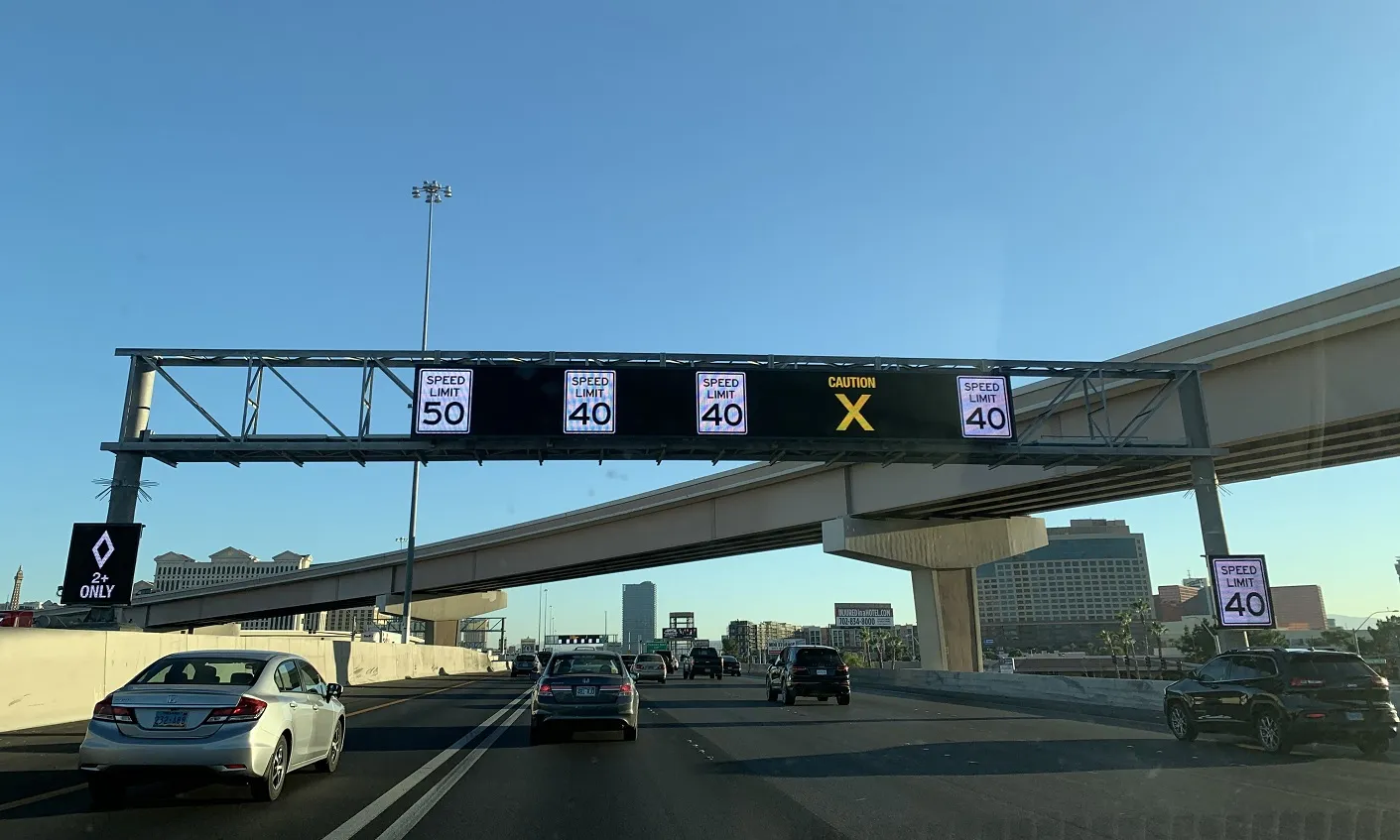US-based Image Sensing Systems is to expand its intelligent transportation systems (ITS) above-ground detection technology into the Middle East, Central and South America and Asia.
The company will be working with channel partners, system integrators and end users for the distribution and support of the North American format of Autoscope video detection products including Autoscope Encore and Autoscope Duo.
This will complement the suite of traffic detection products already provided in these regions
August 9, 2016
Read time: 1 min
US-based 6626 Image Sensing Systems is to expand its intelligent transportation systems (ITS) above-ground detection technology into the Middle East, Central and South America and Asia.
The company will be working with channel partners, system integrators and end users for the distribution and support of the North American format of6575 Autoscope video detection products including Autoscope Encore and Autoscope Duo.
This will complement the suite of traffic detection products already provided in these regions including the European format of Autoscope video detection, RTMS radar detection and DeepBlue Bluetooth detection devices.
The company will be working with channel partners, system integrators and end users for the distribution and support of the North American format of
This will complement the suite of traffic detection products already provided in these regions including the European format of Autoscope video detection, RTMS radar detection and DeepBlue Bluetooth detection devices.










